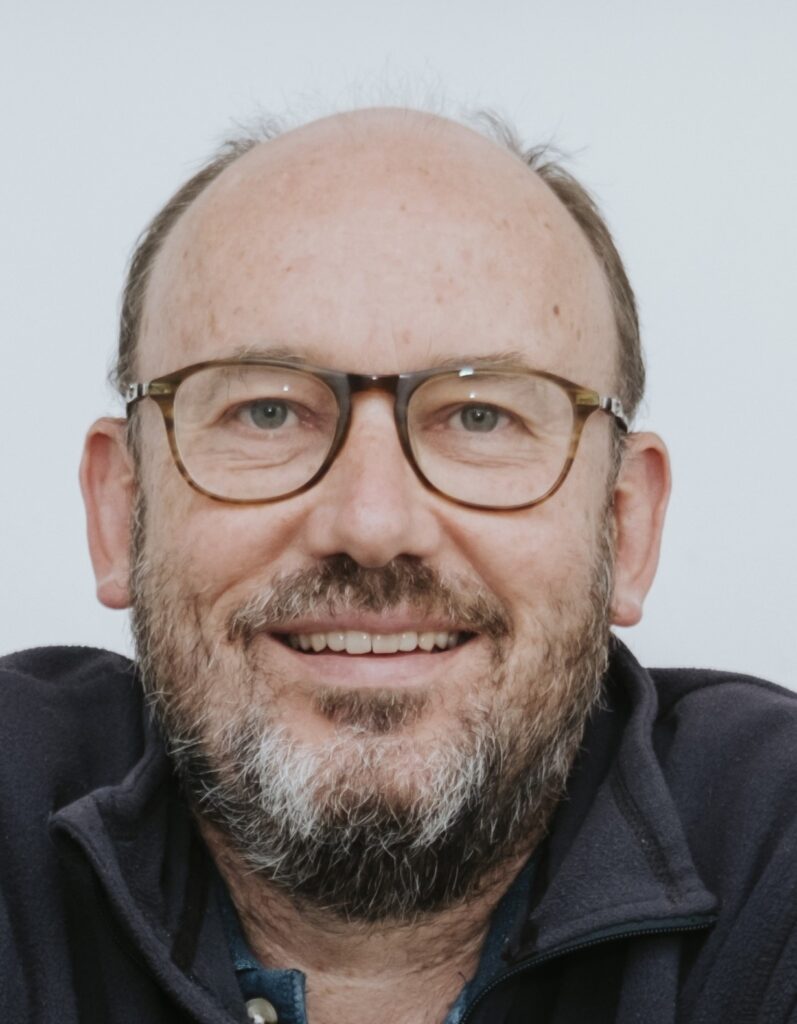
Bio
Stephen Mullaly was born and raised in Sydney, Australia and has lived in the UK for over 25 years. He has worked in professional publishing for over 30 years for several academic publishers in the UK in Editorial and Commissioning roles. He has a longstanding interest in the history of Astronomy and over the last ten years has focused on the history of Radio Astronomy, searching national archives, reading every book he can find on the subject and visiting sites in the UK, Germany and Australia. He is married with two children and is a member of Newbury Astronomy Society.
Abstract
Radar and the Birth of Radio Astronomy This talk will look at the origins of Radio Astronomy, focusing on the development of Radar in the 1930s, the use of Radar in WWII and the subsequent discovery of “cosmic noise” which opened up the electromagnetic spectrum to Astronomers in a way unprecedented since Galileo and the telescope. It will include discussion of key events of WWII including the Battle of Britain, the Tizard Mission and the Bruneval Raid – and how captured German and Japanese Radars became the first Radiotelecopes. It will examine how wartime Radar personnel at TRE in the UK and CSIRO Radiophysics in Australia “accidentally” became the first Radio Astronomers – people such as Bernard Lovell (Manchester), Martin Ryle (Cambridge) and Joe Pawsey (Sydney). It will describe the growth of Radio Astronomy up to the 1960s in the context of key discoveries including quasars, pulsars and Cosmic Microwave Background – discoveries which transformed our knowledge of the universe and gave evidence for the Big Bang and the existence of Black Holes. The aim of the talk is to put Radio Astronomy into an historical context as part of the evolution of “big science” in the second half of the Twentieth Century and examine how conflict between the key Radio Astronomy groups in the 1950s led to the growth of a major new branch of Astronomy. The talk will finish with a brief look on the future of Radio Astronomy through multinational projects such as the SKA and Event Horizon Telescope.